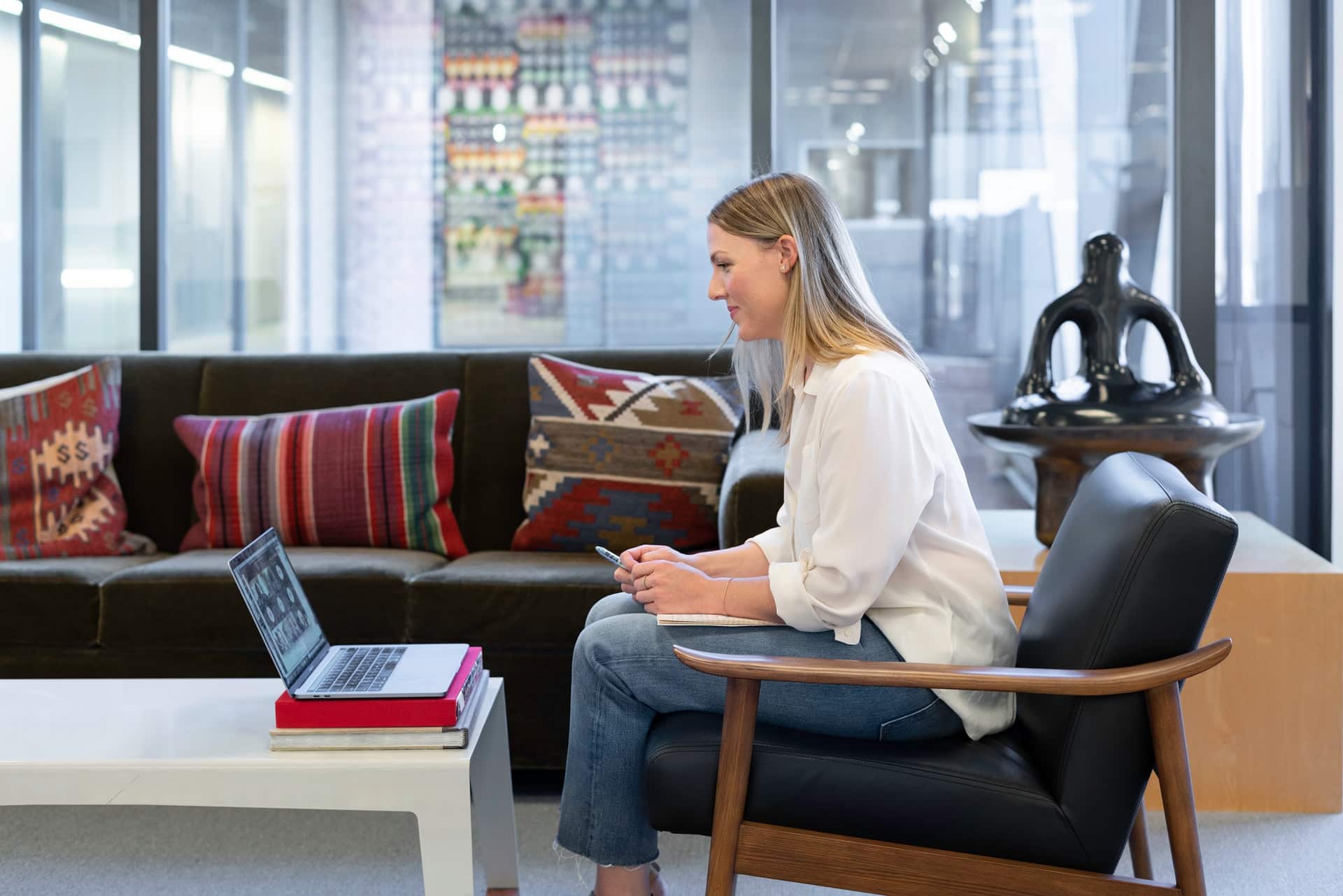5 Key Ways to Prepare for Online Therapy in 2022 - Trillium Counselling
The pandemic gave a huge bump to a trend that was already growing in mental health care: Online Counselling.
Millions of patients now use online platforms to help them fit therapy into their busy lives. But although it’s become a normal part of many peoples’ lives, if it’s new to you, it may still feel strange. How do you take a therapy session from a professional office and have the same experience at home, in front of a screen?
That’s no reason to pass up the benefits of online therapy, though. New, intuitive platforms mean you don’t even have to be that good with technology to make them work. With just a little preparation, you’ll feel more comfortable with the process and be ready to take advantage of what it has to offer.
1. Set up the tech
The first step to a smooth online therapy session is making sure your technology is ready to go. Download any programs you need to access the platform your therapist uses. Psychreg suggests you make sure you have all the login credentials you may need, such as a username or password, well before your session is scheduled to begin. You’ll also need to make sure your internet or cell service is robust enough to support live-streaming video.
It’s also worthwhile to spend a few minutes working on the physical setup of your phone or laptop. Get a stand for your device and decide where you’re going to place it. Make sure you have sufficient lighting. This isn’t about getting Instagram-worthy camera angles, but ensuring that you don’t have to worry about these details during your session.
The goal is to be set up to go at a click when you’re ready. You don’t want to waste your session time on troubleshooting, so get that off your plate ahead of time.
2. Prepare your environment
When you walk into a therapist’s office, the environment is set up to be soothing and welcoming. While our homes may be our refuge, they don’t always have such a nurturing feeling. But you can still bring a touch of that same ambiance to your online session.
You deserve to feel safe to open up and share your feelings honestly during a therapy session, so find a place that is quiet and private. If you can’t be sure you won’t be overheard in your house, Psychology Today says that some patients choose to have their sessions in their car. Any place you can be reasonably comfortable and feel secure will work.
To help yourself prepare mentally for a session, you can also set up an environmental cue that you’re dedicating this time to your mental health. Light a candle or have a cozy throw handy. You might also find it helpful to have a glass of water nearby. And any therapist will be sure to remind you: have some tissues handy!
3. Prepare yourself
It’s not always easy to remember what you want to discuss during a session, so you may find it helpful to jot down a list of issues you would like to talk about. Just the act of writing down the things that are on your mind may help you start to understand what you’re dealing with a little bit better.
You may also want to have a brief ritual to signify that you’re leaving your daily life behind during this time, such as spending a few minutes meditating or following some simple breathing exercises. Working with a therapist is a profound act of self-care, so spend a moment acknowledging what you’re doing for yourself.
It’s also a good idea to inform family members or roommates that you won’t be available during your appointment. Setting the expectation that this time is important to you not only lets the people in your life know what you need from them, but it’s also a powerful statement to yourself. This time is for you, and it’s worth protecting.
4. Talk to your therapist about the unexpected
Although the technology for online meetings has come a long way, there are still occasional glitches. In the event that your session is interrupted by an unexpected situation like a power outage, you may find it comforting to have a plan in place. Will you finish the session by phone? Can you contact them by text or email?
It’s important to know your therapist’s boundaries for online communications outside a session. Are they willing to take emails? How often do they check their inbox and respond? A brief discussion of the practice’s policies will let you know what to expect.
5. Give it time
After a session, it can take a few minutes before you’re ready to face the world again. Therapy sometimes brings up strong emotions, and you may need some time to recover. After a face-to-face session, leaving the therapist’s office and driving to their next destination often provide the transition time people crave.
Since an online session doesn’t have the same buffer time built-in, try to schedule a few minutes for yourself after your appointment. Have a cup of tea or take a short walk. Just a few minutes of processing time can help you feel ready for the next part of your day.
Try to be patient with the process, too. The American Psychological Association reports that research shows online therapy is at least as effective as in-person therapy. Nonetheless, it’s a big change, and it may not feel comfortable at first. Be patient with yourself and the work you’re doing. After a little time, you’re likely to adjust to this approach and find it as freeing as many other patients do.
At Trillium Counselling, we offer both in-person and online therapy, to better meet your needs. Our compassionate and experienced therapists offer a variety of techniques to help you find an approach that’s comfortable for you. For more information or to schedule an appointment, please contact us today.
%20(1).png?width=200&height=80&name=Trillium%20Counselling%20Logo%20(999%20x%20398%20px)%20(1).png)


